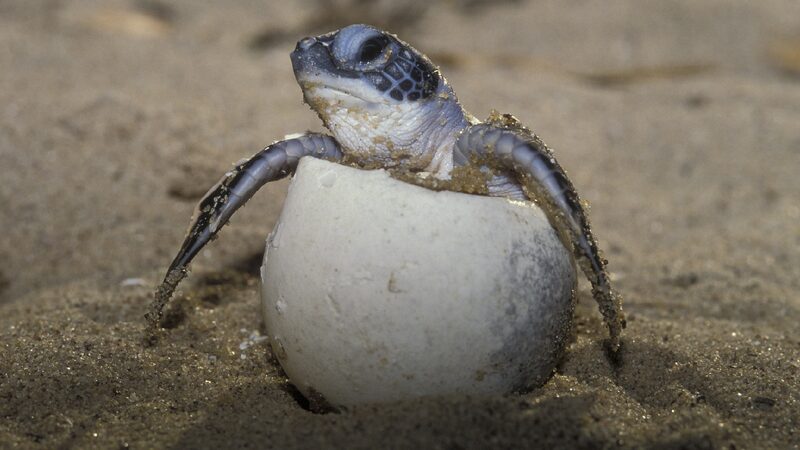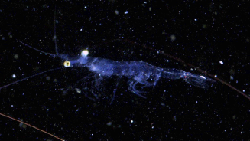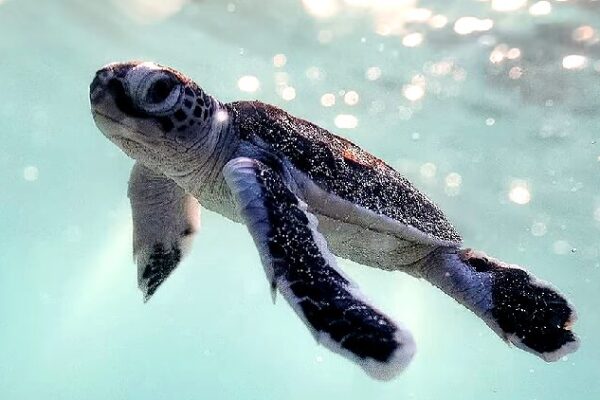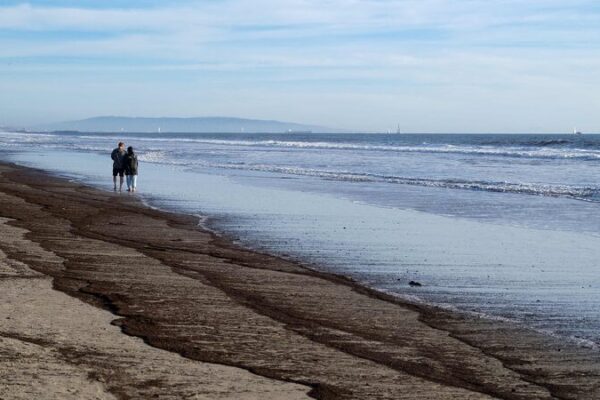Scientists have finally solved the mystery of sea turtles’ “lost years” by using satellite trackers to follow young turtles during a critical, previously unknown stage of their lives.
For years, researchers wondered what happened to sea turtle hatchlings after they scampered into the ocean, disappearing for one to ten years before returning to coastlines nearly fully grown. This elusive period, known as the “lost years,” left a significant gap in scientists’ understanding of sea turtle development.
“We’ve had massive data gaps about the early baby to toddler life stages of sea turtles,” said Kate Mansfield, a marine scientist at the University of Central Florida. “This part of their long lives has been largely a mystery.”
In groundbreaking research published on Tuesday, Mansfield and her colleagues revealed where these young turtles go. Over more than a decade, the team attached GPS tags to the shells of 114 young wild turtles in the Gulf of Mexico, including loggerhead, green, hawksbill, and Kemp’s ridley sea turtles—all of which are endangered.
Finding and tagging the tiny turtles was no easy task. Steering small boats, the researchers searched for the young turtles drifting among algae. They developed flexible, solar-powered tags that could stay attached to the turtles’ rapidly growing shells long enough to transmit several weeks to a few months of location data.
What they discovered challenged long-held beliefs. Scientists had previously thought that baby turtles drifted passively with ocean currents. “What we’ve uncovered is that the turtles are actually swimming,” said Nathan Putman, an ecologist at LGL Ecological Research Associates in Texas and co-author of the study.
By comparing the turtles’ movements with drifting buoys placed in the water at the same time, the researchers found that more than half of the buoys washed ashore while the turtles did not. This suggests that even at a young age, sea turtles actively navigate the ocean, making decisions about where to go and what to avoid.
“This tiny little hatchling is actually making its own decisions about where it wants to go in the ocean,” said Bryan Wallace, a wildlife ecologist at Ecolibrium in Colorado.
The tracking data also showed that the young turtles moved between coastal waters and the open ocean, providing new insights into their behavior and habitats during this critical life stage.
Understanding where young sea turtles go is vital for their conservation, especially since the Gulf of Mexico is a crucial region for four species of endangered sea turtles. The findings can help biologists protect important habitats and develop strategies to ensure the survival of these ancient mariners.
“It’s not that the sea turtles were ever lost, but that we had lost track of them,” said Jeanette Wyneken at Florida Atlantic University, who was not involved in the study.
Reference(s):
cgtn.com








